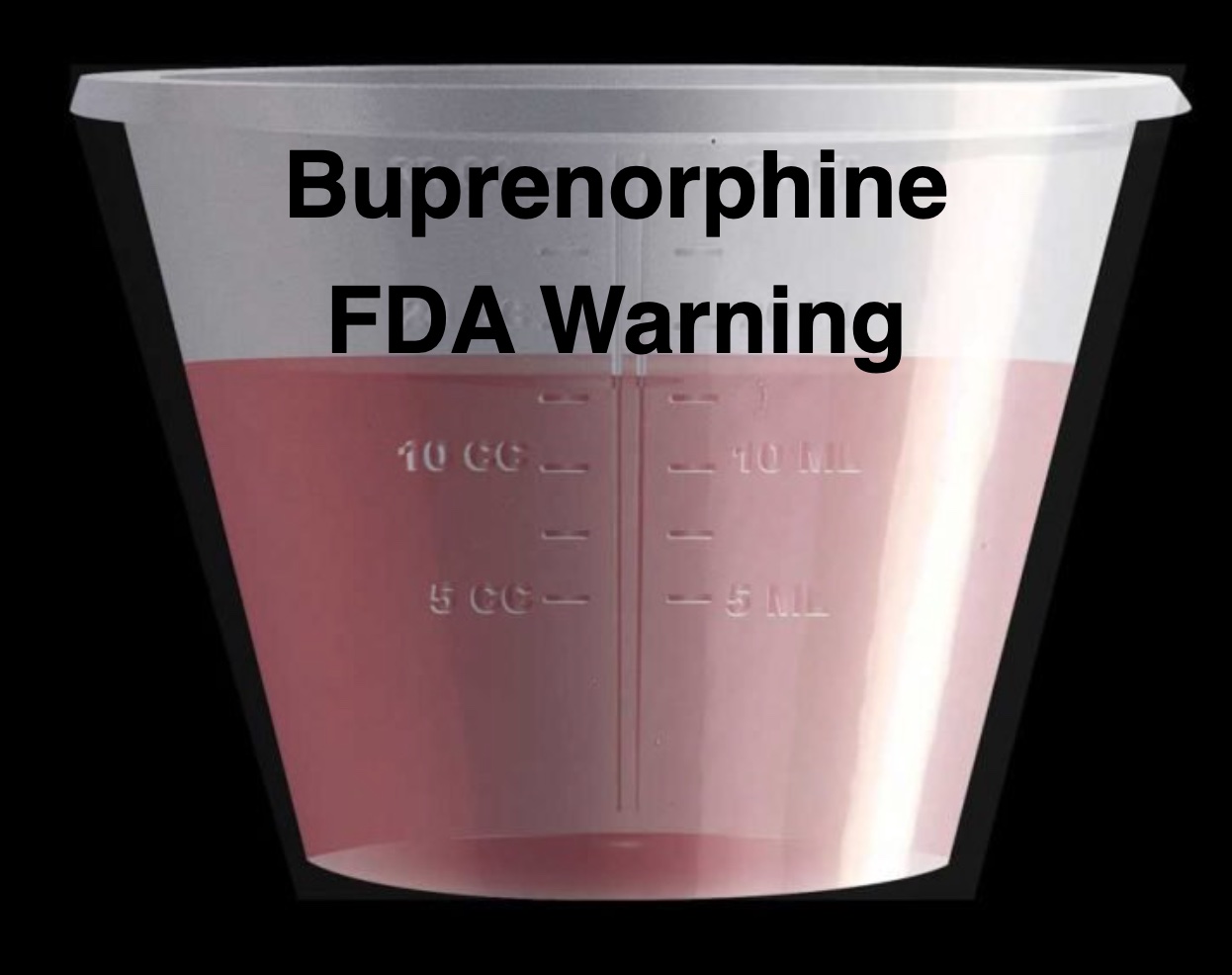The Food and Drug Administration (FDA) Issues Safety Communication for Buprenorphine
On January 12th, 2022, the FDA released a safety communication warning consumers about dental problems associated with the medication buprenorphine in the orally dissolving form.
What is buprenorphine?
Buprenorphine is a medication used in the dissolving form for opioid use disorder or pain. It is an opioid partial agonist. While it is an opioid medication, it tends to have a weaker side effect profile and increased safety in cases of overdoses compared to strong opioid medications like methadone, fentanyl, or heroin. It also tends to have less dependence and lower potential for misuse. Buprenorphine was originally approved in 2002 as a dissolvable tablet form to be used for medication-assisted treatment in opioid use disorder (OUD). Eventually in 2015, a dissolvable film form of buprenorphine was also approved to treat pain.
Dental problems associated with buprenorphine
The orally dissolving tablets and films are the formulations that the FDA now warns may be associated with dental problems. These dental problems include tooth decay, cavities, oral infections, and loss of teeth. Though these problems may be very serious, often the benefit of taking buprenorphine outweighs the risks. However, because of this new warning, the FDA is requiring a warning be added to the prescribing information and the medication guide that consumers receive with their prescription at the pharmacy.
What should you do if you’re taking an orally dissolving buprenorphine?
Do not suddenly stop taking your medication without talking to your health care provider. Continue taking your medication as prescribed until you do so. Since buprenorphine is an opioid medication, sudden discontinuation may cause withdrawal symptoms.
Also read about a popular drug becoming a controlled substance
You can take some steps to help prevent dental problems, like taking a large sip of water, swishing it in your mouth, and swallowing, once the buprenorphine has fully dissolved in the mouth. Wait at least an hour after taking the medication to brush your teeth. Make sure you see the dentist regularly and let him/her know you are taking buprenorphine.
It is possible you may be more prone to dental problems while taking orally dissolving buprenorphine if you already have a history of tooth problems, including cavities, but people without prior tooth problems have reported dental problems too. If you begin to experience dental problems while taking buprenorphine, talk with your health care provider and dentist right away.
Resources:












